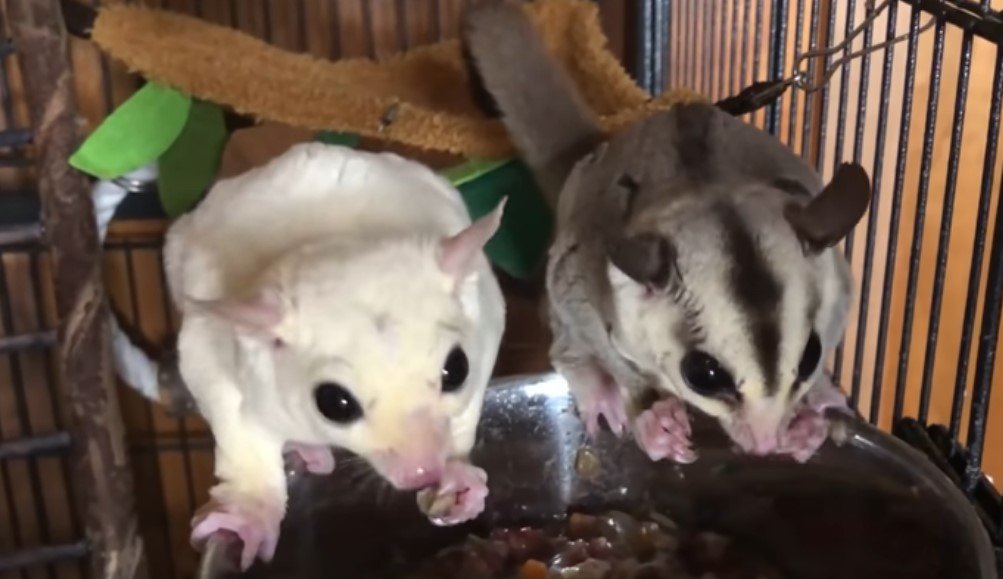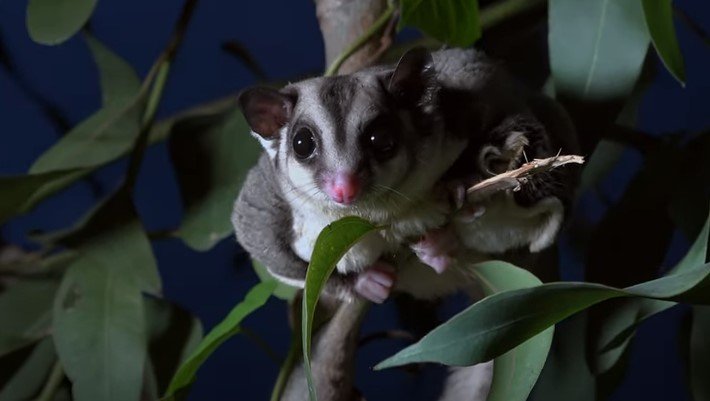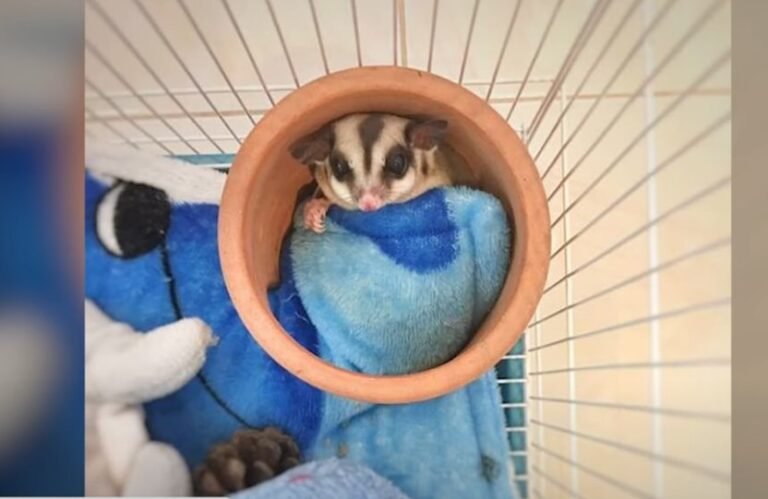What Does A Sugar Glider Look Like
What Does a Sugar Glider Look Like?
Have you ever wondered what a sugar glider looks like? If so, you’re in the right place. In this article, we will explore the physical appearance of these adorable creatures that have captured the hearts of many animal enthusiasts. So, let’s dive in and discover the unique features that make sugar gliders so fascinating.
The Sugar Glider’s Body Structure
A sugar glider is a small-sized marsupial that belongs to the Petauridae family. They have a distinct body structure that sets them apart from other animals. Here’s a breakdown of their physical attributes:
1. Size: Sugar gliders typically measure between 5 to 6 inches in length, with their tails adding an additional 6 to 7 inches. This makes them about the size of a gerbil or hamster, making them perfect for those looking for smaller pets.
2. Weight: On average, sugar gliders weigh between 3.5 to 5.5 ounces (100 to 160 grams). They are incredibly lightweight, allowing them to glide effortlessly through the air.
3. Body Shape: Sugar gliders have a compact body shape with a rounded head and large, expressive eyes. Their body is covered in a soft and fluffy fur coat, which comes in various colors such as grey, brown, and cream.

Distinctive Features of Sugar Gliders
Apart from their overall body structure, sugar gliders have some distinctive features that make them easily recognizable. Let’s take a closer look at these unique attributes:
1. Patagium: Perhaps the most notable feature of sugar gliders is their patagium, a stretchy membrane of skin that extends between their wrists and ankles. This allows them to glide from tree to tree, just like flying squirrels. When fully extended, the patagium resembles a parachute, enabling them to glide gracefully across long distances.
2. Big Eyes: Sugar gliders have large, round eyes that provide them with excellent night vision. These eyes are perfectly adapted to their nocturnal lifestyle, allowing them to navigate through dimly lit environments while hunting for food.
3. Fluffy Tail: Another eye-catching feature of sugar gliders is their furry, bushy tail. Their tail serves multiple purposes, including balance during gliding and communication. It acts as a rudder, allowing them to change direction mid-flight, and also helps them maintain stability while jumping and climbing.
4. Webbed Hands and Feet: Sugar gliders possess unique adaptations on their hands and feet. Their fingers and toes are connected by a thin membrane of skin known as interdigital webbing. This webbing helps them cling to trees and other surfaces, providing them with exceptional grip and agility.
Colors and Patterns
Sugar gliders display a wide variety of colors and patterns, adding to their charm and allure. While the most common coloration is grey, they can also be found in shades of brown, black, and cream. Some sugar gliders even exhibit beautiful patterns, such as stripes or spots, which are unique to each individual.
Their fur can also have a marbled or mosaic appearance, with different colors blending together to create a captivating visual effect. These color variations make every sugar glider’s appearance truly one-of-a-kind.
FAQs About Sugar Gliders
Now that we have explored the physical characteristics of sugar gliders, let’s address some frequently asked questions about these adorable creatures:
1. Are sugar gliders good pets?
Sugar gliders can make wonderful pets for individuals who are committed to providing proper care and attention. However, they require a specialized diet, plenty of social interaction, and an enriched environment to thrive. It’s essential to do thorough research and consult with experienced sugar glider owners before bringing one into your home.
2. How long do sugar gliders live?
In captivity, sugar gliders can live for about 12 to 15 years with proper care. However, their lifespan can vary based on factors such as diet, genetics, and overall health.
3. Do sugar gliders bond with their owners?
Yes, sugar gliders have the capacity to form strong bonds with their human caregivers. However, building trust and a deep connection takes time and patience. It’s crucial to establish a routine, handle them gently, and provide opportunities for bonding to develop a close relationship.
Final Thoughts
Sugar gliders are undoubtedly fascinating creatures with their unique physical features and charming personalities. Their small size, big eyes, and gliding abilities make them incredibly endearing. If you’re considering adding a sugar glider to your family, remember that they require dedicated care and attention to ensure their overall well-being. With the right knowledge and commitment, you can enjoy a long-lasting and fulfilling bond with these delightful little marsupials.







